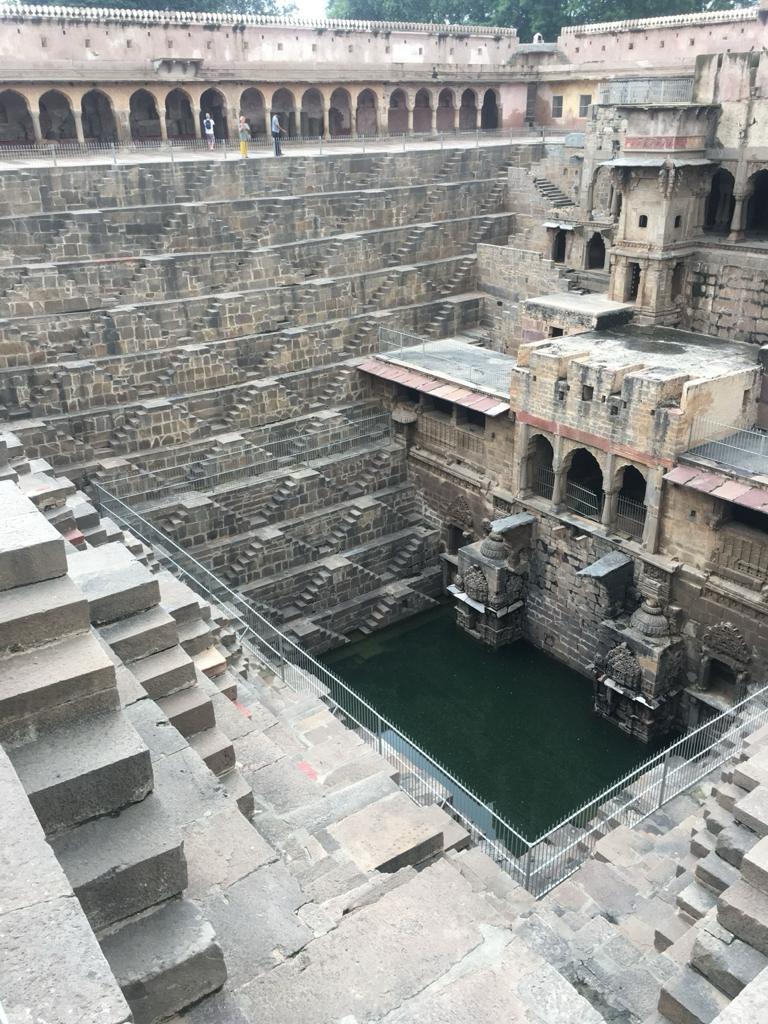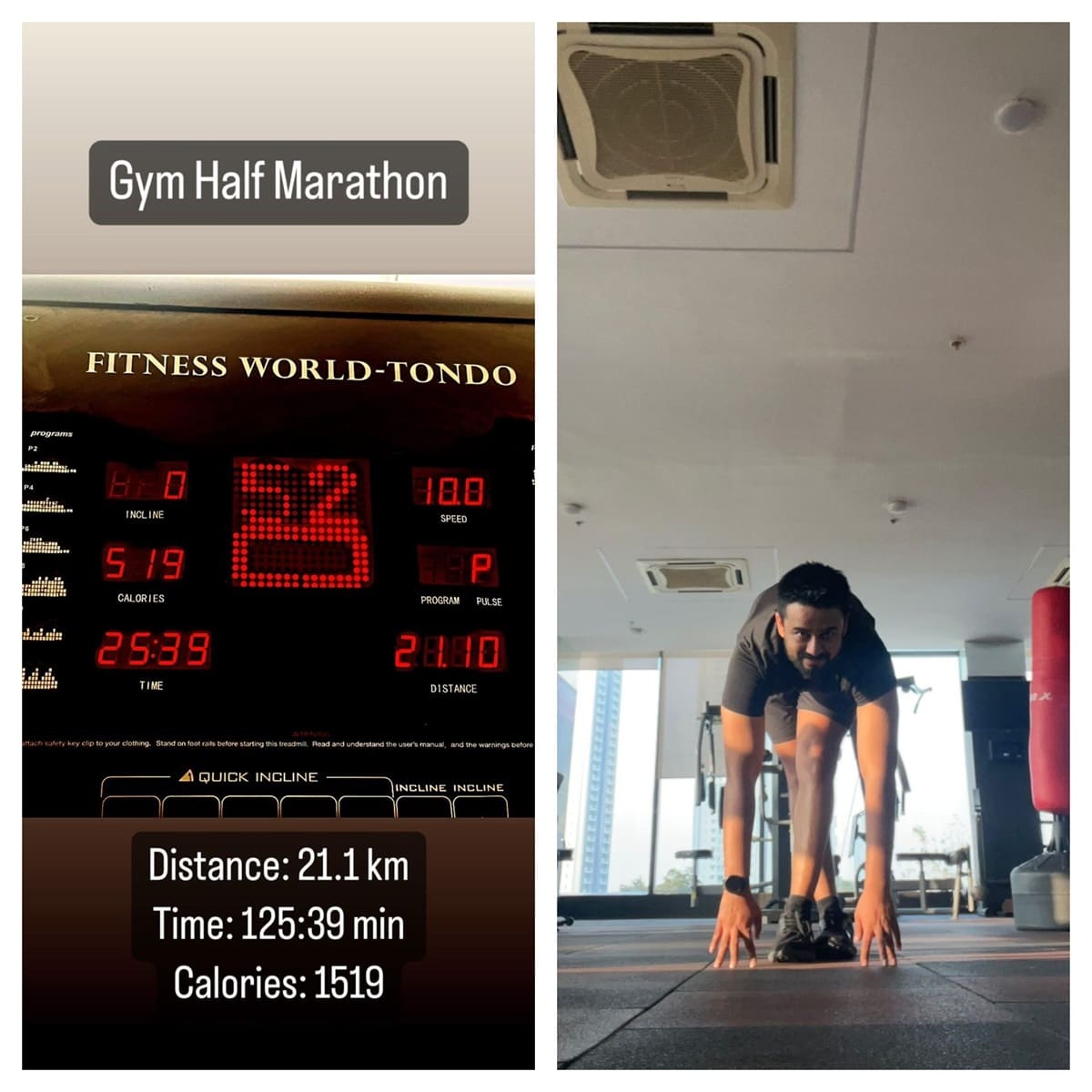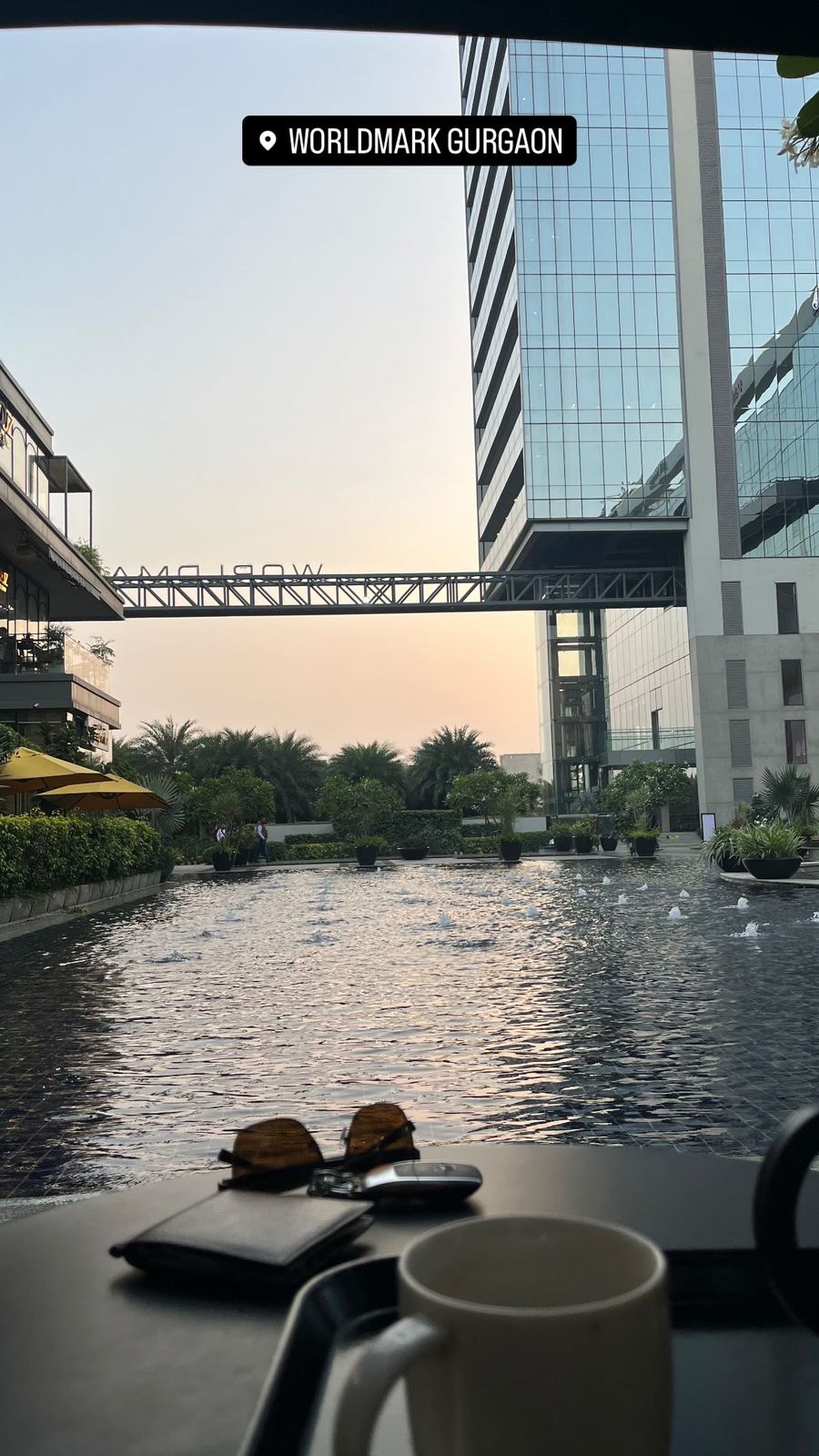Nestled just a short drive from the bustling city of Jaipur lies the quaint village of Abhaneri, home to a hidden marvel that often escapes the attention of locals. Four years ago, I stumbled upon this historical treasure – the Baori, or step well, a captivating architectural wonder that transports visitors to a bygone era.
Discovering Abhaneri
Abhaneri is a mere stone's throw away from Jaipur, making it an ideal day trip for those seeking a break from the city's hustle and bustle. The journey itself is a picturesque ride through the vibrant Rajasthan landscape.

As a resident of Jaipur, I've often found it challenging to adopt the perspective of a tourist in my own city. It's easy to overlook local gems when the familiar surrounds us, making Abhaneri a delightful revelation.
The Baori - A Step Back in Time
The Baori at Abhaneri is a testament to ancient engineering brilliance. This step well, with its intricate carvings and symmetrical design, not only served as a water source but also as a communal space for socializing and rituals.
Step wells were crucial in Rajasthan's history, providing a reliable water source in arid regions. Abhaneri's Baori, believed to be over a thousand years old, stands as a silent witness to the resilience and ingenuity of the people who once thrived in this region.
Touring Rajasthan's Step Wells
Chand Baori in Abhaneri
Abhaneri's Chand Baori is just one of the many step wells scattered across Rajasthan. Each step well tells a unique story, reflecting the architectural styles and water conservation techniques prevalent in its era.
Rani Ki Vav in Patan
Rani Ki Vav in Patan is a UNESCO World Heritage Site, showcasing the intricate craftsmanship of a step well dating back to the 11th century. Its grandeur and sheer scale make it a must-visit destination.
Toorji Ka Jhalra in Jodhpur
Toorji Ka Jhalra in Jodhpur is a restored step well that seamlessly combines tradition with contemporary aesthetics. It has become a popular spot for both locals and tourists seeking respite in its serene ambiance.
Overcoming Local Apathy
It's easy to overlook the treasures in our own backyard. Visiting Abhaneri's Baori forced me to see my city with fresh eyes, appreciating the rich history and culture that often goes unnoticed in the daily grind.
Playing tourist in your hometown encourages a renewed appreciation for local landmarks. Abhaneri's Baori is a reminder that hidden gems are waiting to be rediscovered, even in the places we call home. Abhaneri's Baori is a testament to human ingenuity, and a reminder of the importance of water in arid landscapes.


